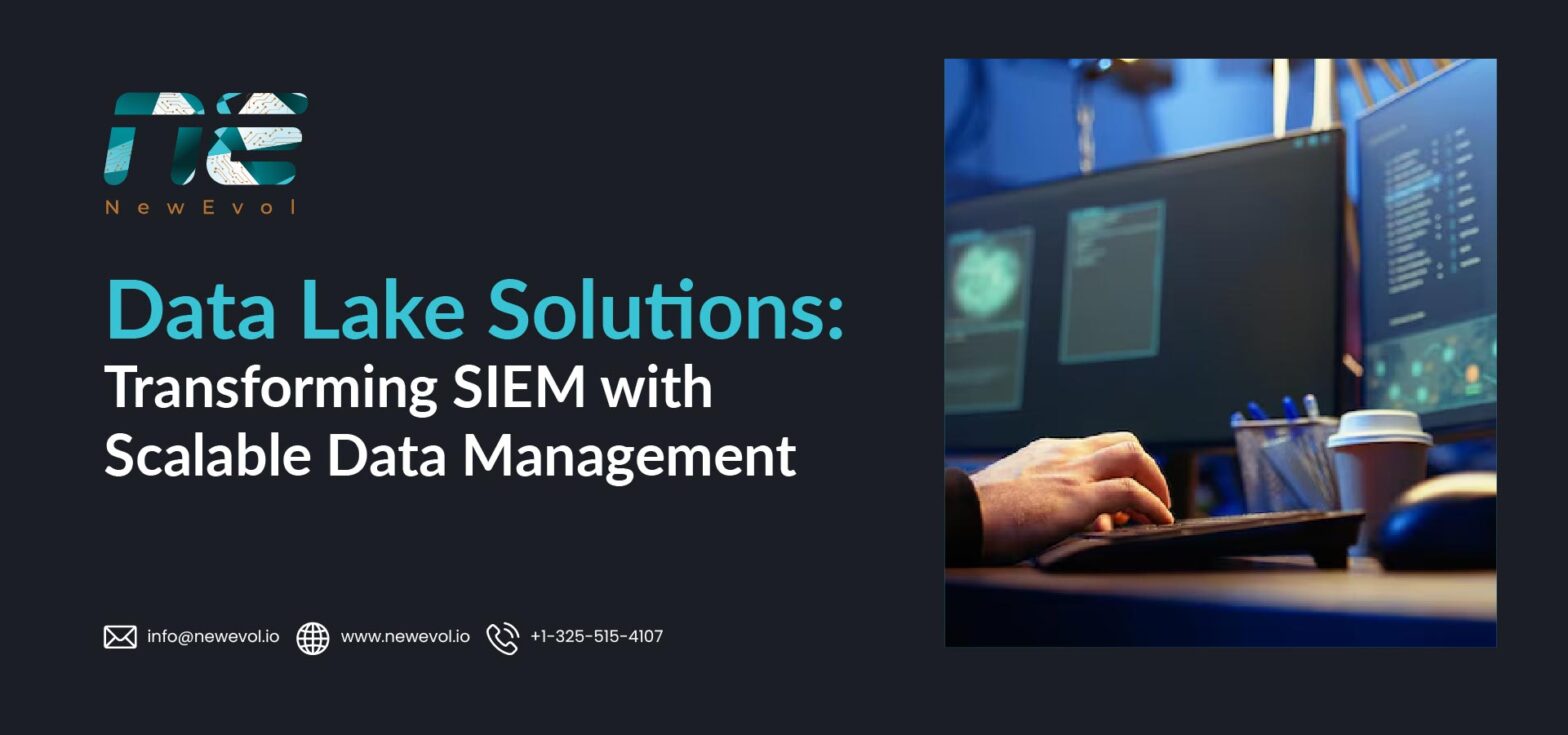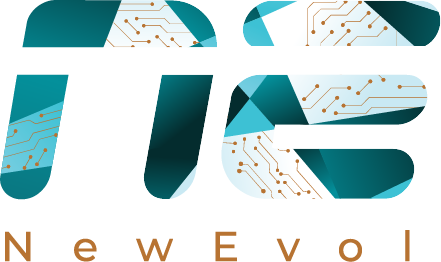Data Lake Solutions: Transforming SIEM with Scalable Data Management

If you’ve ever felt like your SIEM is drowning in data, you’re not alone. Traditional SIEMs are great for structured logs, but when it comes to handling massive, diverse, or unstructured data, they often hit their limits.
That’s where Data Lakes come in. Think of them as a flexible, scalable reservoir for all your security data from logs and alerts to network traffic and application events. By combining Data Lakes with your SIEM, you can analyze more data, detect threats faster, and do it all more efficiently.
In this post, we’ll explore how Data Lake solutions are transforming SIEM, helping organizations handle data on a scale without losing sight of security.
Understanding Security Data Lakes
A Security Data Lake is basically a central place where all your security data lives — structured or unstructured, big or small. Unlike traditional SIEMs that need data in a specific format, Data Lakes let you store everything as it comes and decide how to use it later.
The main benefits are pretty clear:
- Scalability – You can store huge amounts of data without worrying about running out of space.
- Flexibility – Logs, network events, application data — it can all go in.
- Cost Efficiency – Using cloud storage or tiered storage models makes it cheaper than keeping everything in your SIEM.
Compared to traditional SIEMs, which are rule-based and structured, Data Lakes work on a “read when needed” principle, meaning you can explore the data in multiple ways, run advanced analytics, or even apply AI and machine learning to spot threats that were hard to detect before.
In short, a Security Data Lake gives your SIEM more room, more flexibility, and more intelligence.
Benefits of Integrating Data Lakes with SIEM
When you connect a Data Lake to your SIEM, it’s like giving your security system superpowers. Suddenly, you can handle way more data, see patterns you couldn’t before, and make smarter decisions faster.
Here’s what you get:
- Better Threat Detection – With more data at your fingertips, your SOC team can spot anomalies and hidden threats faster.
- Lower Costs – Storing huge volumes of logs in a Data Lake is cheaper than cramming everything into your SIEM.
- Easier Compliance – Data Lakes make it simpler to store and retrieve logs for audits, helping you stay on top of regulations.
- Advanced Analytics – You can run machine learning models or AI algorithms on your security data to uncover trends, predict threats, and respond proactively.
Key Components of a Security Data Lake
A Security Data Lake might sound complicated, but at its core, it’s built from a few key pieces that work together to make your security smarter and more scalable.
- Data Ingestion – This is how data gets into the lake. Logs, network events, application events — everything flows in from multiple sources. The goal is to capture as much relevant information as possible without slowing things down.
- Data Storage – Once the data is in, it needs a place to live. Cloud-based solutions like AWS S3 or Azure Data Lake are popular because they scale easily and cost less than traditional storage.
- Data Processing – Raw data often needs some cleaning or transformation. Tools like Apache Spark or similar frameworks help process data so it’s ready for analysis.
- Data Analysis – This is where the magic happens. Analysts or automated systems can query the data, run visualizations, and even apply machine learning to detect threats or patterns that were previously invisible.
Implementing a Security Data Lake
Getting a Security Data Lake up and running doesn’t have to be overwhelming. Think of it as a step-by-step journey to make your SIEM more powerful and scalable.
- Assess Your Current Setup – Start by looking at what your SIEM already collects. Identify gaps, high-volume sources, and areas where you need more visibility.
- Define Your Objectives – Decide what you want from your Data Lake. Is it better threat detection, cost savings, compliance readiness, or all of the above? Clear goals make implementation easier.
- Plan the Integration – Connect your existing SIEM with the Data Lake. Make sure logs, alerts, and events flow smoothly without creating blind spots.
- Set Up Storage and Processing – Choose scalable storage solutions and data processing frameworks to handle large volumes efficiently.
- Optimize Continuously – Once it’s running, monitor performance, refine ingestion pipelines, and adjust retention policies. A Data Lake is most effective when it’s actively managed and optimized.
Challenges and Considerations
While Security Data Lakes bring huge benefits, implementing them isn’t without challenges. Being aware of these early can save headaches later.
- Data Governance – With so much data coming in, ensuring quality, consistency, and compliance is critical. Poor governance can make your lake messy and hard to use.
- Skill Requirements – Managing a Data Lake requires expertise in big data tools, cloud platforms, and security analytics. Teams may need training or external support.
- Performance and Latency – Large volumes of data can slow down queries or real-time monitoring if the architecture isn’t optimized properly.
- Security of the Data Lake – Ironically, the lake itself can become a target. Proper access controls, encryption, and monitoring are essential to protect sensitive security data.
The Future of SIEM with Data Lakes
Data Lakes aren’t just a trend—they’re shaping the future of SIEM and security operations. As organizations collect more data from cloud environments, IoT devices, and hybrid networks, traditional SIEMs alone can’t keep up.
- AI and Machine Learning – With a rich Data Lake, SIEMs can leverage advanced analytics to detect threats before they escalate, predict attack patterns, and automate responses.
- Automation and Orchestration – Data Lakes enable smarter automated workflows, reducing manual effort and helping SOC teams respond faster.
- Unified Security Platforms – The future points toward integrated ecosystems where SIEM, XDR, and Data Lakes work together seamlessly, giving security teams one comprehensive view across all environments.
Why NewEvol is the Right Partner for Security Data Lakes
When it comes to implementing Security Data Lakes, having the right partner makes all the difference. NewEvol combines deep expertise in SIEM, cloud architectures, and big data to help organizations turn their security data into actionable intelligence.
- Seamless Integration – NewEvol ensures your existing SIEM connects smoothly with the Data Lake, maintaining visibility and operational continuity.
- Scalable Solutions – Whether you’re dealing with terabytes or petabytes of data, NewEvol designs architectures that grow with your needs.
- Advanced Analytics Enablement – From machine learning models to AI-driven insights, NewEvol empowers your SOC team to detect threats faster and more accurately.
- Operational Efficiency – With automation, monitoring, and best-practice guidance, NewEvol helps organizations get the most value from their Data Lake investment.
End Note
Security Data Lakes are transforming how organizations manage and analyze security data. By integrating a Data Lake with your SIEM, you can handle more data, detect threats faster, and operate more efficiently. It’s not just about scaling storage — it’s about unlocking intelligence from all your security data, reducing blind spots, and staying ahead of evolving threats. For organizations ready to modernize their security operations, Data Lakes offer a roadmap to smarter, faster, and more cost-effective SIEM.
FAQs
1. What is the difference between SIEM and data lake?
A SIEM focuses on monitoring, alerting, and responding to threats in real time, while a data lake is designed for storing massive volumes of raw data for flexible analysis.
2. What is the data lake transformation?
It refers to shifting from rigid, traditional data storage toward scalable, cloud-ready lakes that can handle unstructured security data and support advanced analytics.
3. Is a data lake scalable?
Yes. Data lakes are inherently scalable, allowing organizations to store petabytes of structured and unstructured data without traditional storage limitations.
4. What is the difference between SIEM and security lake?
A SIEM is a security operations platform, while a security data lake serves as its backend data repository. The lake stores and organizes data at scale, which the SIEM can then analyze for threats.

